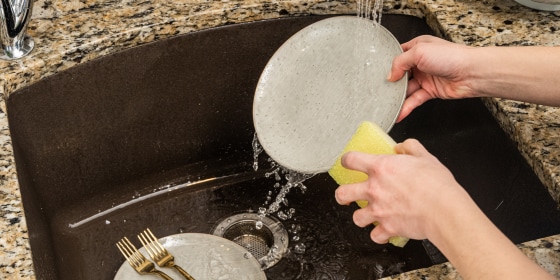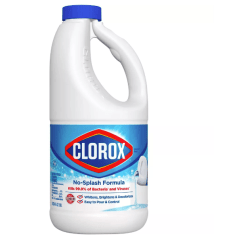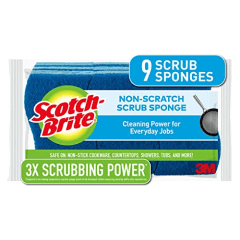You probably use it every day — multiple times a day if you don’t have a dishwasher — but are you sure that the kitchen sponge you're using to wipe dirty dishes is safe? A study from 2019 says probably not.
Researchers in Italy found that dish sponges were the "most contaminated item in the household" and serves as an "ideal habitat" for microorganisms and foodborne pathogens.
"These findings induce much more concern, considering that common dishwashing soaps or chemical compounds do not reduce significantly microbial load in kitchen sponges," the researchers wrote in the paper.
They went on to suggest we should be frequently changing out our sponges, noting that it’s an easily affordable option for staying hygienic. To get more insight, we consulted experts Jessica Ek from the American Cleaning Institute and Marla Mock, president of Molly Maid, for some sponge sanitizing tips.
How often should you replace sponges?
When it comes to how often you should change sponges, the bottom line is that it’s probably best to just invest in a giant pack of sponges and swap them out on a weekly basis.
If you're the sort to clean your kitchen counters with a sponge, you may want to opt for an antibacterial kitchen wipe or machine-washable microfiber towel that you can bleach or throw in the washing machine on the sanitizing cycle, just to be safe.
How to clean a sponge
While the study shows that cleaning a sponge doesn't help with all bacteria, it can help kill some germs in between replacements.
The best way to clean a sponge and minimize germs is to wash the sponge daily in hot, soapy water and then microwave it wet for two minutes, as Mock also suggests.
Alternatively, you can soak the sponge for one minute in a solution of 1/2 teaspoon of concentrated bleach to a quart of warm water, but it's still a good idea to replace sponges often.
How do you sanitize a sponge?
Ek suggests soaking the sponge for five minutes in a solution of one-quart water to three tablespoons of chlorine bleach and then letting the sponge air-dry. "Be sure to wash your hands when you’re done," she advises.
How we chose the best products for cleaning and sanitizing sponges
TODAY.com spoke to cleaning experts to find the best practices for cleaning, sanitizing and replacing sponges. Based on the guide they provided, we found affordable and fan-favorite products to help you get the job done.
Meet the experts
- Jessica Ek is the senior director of digital communications at the American Cleaning Institute. She's previously spoken to TODAY.com about why you shouldn't use dryer sheets, why you shouldn't use fabric softener and how to maintain baking sheets.
- Marla Mock is the president of Molly Maid, a nationwide cleaning service. She's previously spoken to TODAY.com about how to clean other household surfaces like carpets and rugs, fireplaces and stovetops.



